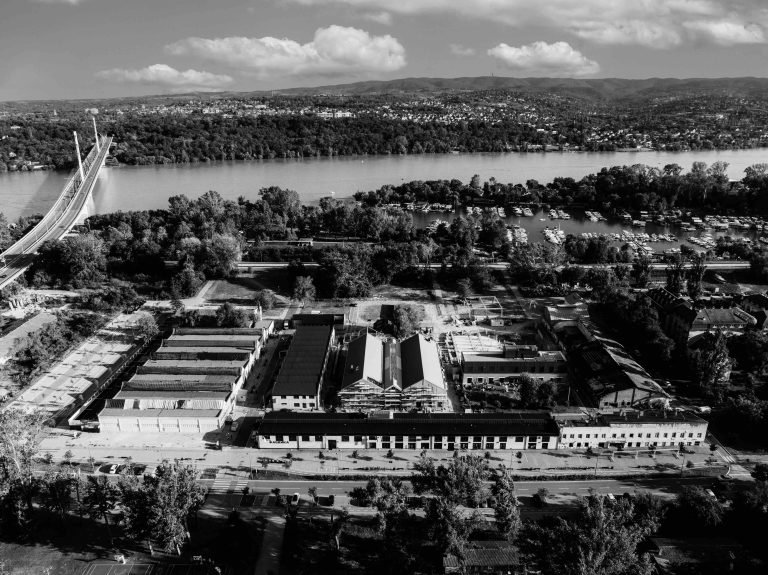The highlight of the Fortress of Peace programme arch of the European Capital of Culture will be the premiere of the first historical film about Novi Sad, Liberta – The Birth of A City. From the status of a free royal city, through Serbian Athens, to today’s European Capital of Culture, Novi Sad is one of the few cities in Europe that received the first film saga about the birth of the city Liberta, and the premiere of this achievement is scheduled for 17 July at the Petrovaradin Fortress. Liberta, signed by the directors Žanko Tomić and Gvozden Đurić, will show not only the liberation of Novi Sad and the acquisition of the status of a city, a unique city that won that status peacefully, but also the whole of Vojvodina as an area where Serbian culture and tradition are most closely intertwined with European ideals and the challenges of that time.
Get to know the history of the city through film frames and do not miss the premiere of Liberta under the clear sky of the Petrovaradin Fortress. In anticipation of the premiere, we are going back in time and bringing little-known historical facts about the time when the Petrovaradin Šanac was included in the list of free royal cities, as well as how the struggle for freedom in the 18th century looked like.
Liberta
There is no doubt that 1 February 1748, when Novi Sad was declared a free royal city, represented a key point in which all previous experiences of city life were sublimated, and on the basis of which the foundation for future economic, political, national and cultural development was set. In order to have a deeper understanding of the historical significance of Novi Sad in the 18th century, which was very difficult for the Serbian people, a politically marginalized community under the monarchy, who like Phoenix rises from the ashes and reaffirms the national idea with the economy and political freedoms, it is necessary to go back to the very beginning of urban life in the city. The film Liberta, which you should not miss at the Fortress on 17 July, will deal with this very topic.
The First Inhabitants of the Petrovaradin Šanac
One would say that there was no smart reason for the city to emerge right on the double bend of the Great River, where in the most critical attacks of the raging Danube, even the bottom of a boat was the driest place to keep the city’s ‘statute’. It turned out that a better place could not have been chosen. The development of Novi Sad, with certainty and continuity, can only be traced since 1694, making it one of the younger European cities. The written report of the Austrian general Engelshofen on the completion of the bridgehead on the Bačka side originates from that year. This is the first written trace of the existence of a settlement on the site of today’s Novi Sad. The bridgehead or, as it was called ‘brukšanac’, was a military fortification with several buildings. It served to protect the Petrovaradin Fortress in the event of a military attack. Until 1748, this settlement was called Racka varoš, Serbian town, Petrovaradin Šanac… The population was mostly Serbian-Orthodox. The first inhabitants were the builders of the bridgehead, located right next to it, and with them the traders-suppliers of the Fortress: blacksmiths, innkeepers, butchers, bakers, tailors, etc., masters of all trades who at that time went with the army and soldiers and made a living from them.
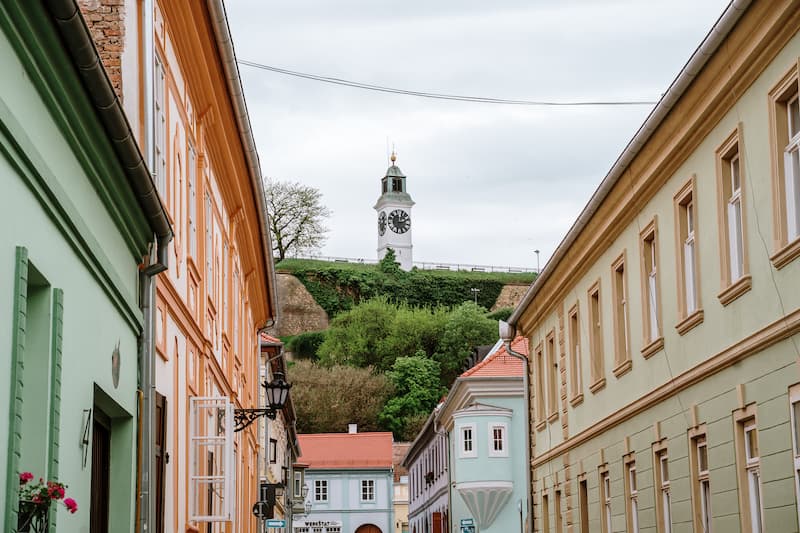
Expansion of the City
The chroniclers explained the causes of this magnificent expansion by the position of Novi Sad, located on the border of two completely different economic areas; the plains of Bačka, agricultural on the one hand, and Fruška Gora, viticultural and livestock, on the other. At the same time, the Danube is the narrowest in this part of the course, only about two hundred metres, so crossing it here is the most convenient. It could be said that someone chose the leeward between two, at that time, strong and
important places in this part of Vojvodina: Futog and Sremski Karlovci, the ecclesiastical, administrative and cultural centre of the Serbs in Hungary. In less than half a century, the new settlement will reach and overtake Karlovci and Futog, develop into a free royal city, which will have over 20,000 inhabitants until the ‘Hungarian Revolution’, and on the eve of the bombing in 1849.
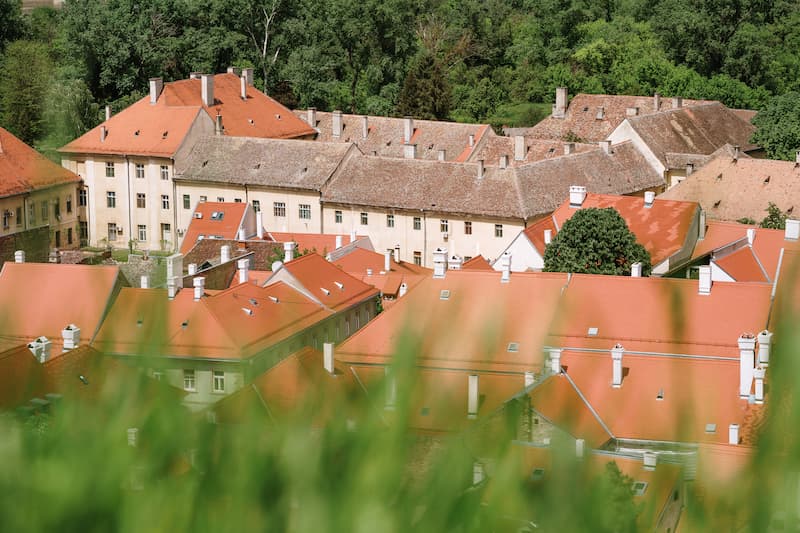
The Duality of Military and Civilian Government
The biggest problem that plagued the citizens of Petrovaradin Šanac is the duality of border (military) and county (civilian) authorities. In those years, Šanac was divided into two visible zones. Kameralci, the citizens who lived under civilian administration, covered their houses with reeds, and the frontiersmen with shingles. The kameral zone, which included the right side of the Danube alley, the market and the surroundings of the Catholic and Assumption Church, was managed by the municipality headed by a judge, alternately a Serb and then a German. The border zone, which included Almaš neighbourhood, the area around the Cathedral and the left side of the Danube alley, both sides of Lebarski sokak and the market almost up to the Catholic church, was commanded by the Oberkapetan. He was subordinate to the commander of the Fortress in Petrovaradin, but quite independent. In 1735, Sekula Vitković, who implemented a kind of personal regime over Serb frontiersmen with violence, threats and blackmail, was appointed the Oberkapetan.
The Pros and Cons
Bishop Visarion Pavlović had the greatest influence on the transformation of Serbian life from frontiersmen to the middle class. As one of the most educated Serbs of his time, he was at the head of the Diocese of Bačka from 1731 until his death in 1756. Visarion opened the Latin-Slavic school in Šanac in 1731, as well as the first hospital in 1741. There was a conflict between Chief Captain Vitković and Bishop Visarion. It suited Vitković that the unenlightened Serbs would be his loyal frontiersmen, while Visarion actively worked on the education and emancipation of the Serbs, creating a bourgeois class out of them.
The division of Petrovaradin Šanac, into military and civilian authority, actually accelerated efforts to obtain the status of a free royal city. The bearers of the movement for the independence of Šanac were immigrant merchants who suffered economic damage.
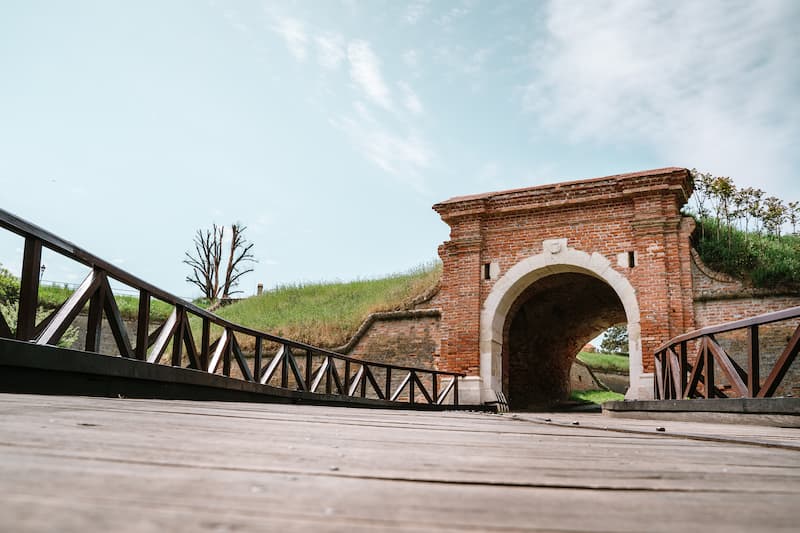
Agreement as the Basis of Common Life
The citizens of Šanac took the first steps to obtain the highest possible status for their place from Empress Maria Theresa. In order to finally achieve liberation, the inhabitants of Šanac previously reached an agreement with the non-Serb part of their fellow citizens in 1747, says academician Boško Petrović in his monograph ‘Novi Sad’. This agreement will be the basis of common life in the city for the next hundred years. They agreed that in the magistrate of the liberated city they would have the same number of representatives, equal rights in electing senators and officials and in enjoying their religion.
The Price of Freedom
A deputation of citizens of Šanac, two Germans and several Serbs – Racković, Vujić, Bogdanović, Rašković, Hajl and Anderle – went to Vienna and based on a mortgage on property, they received a bank loan. The final sum, after paying taxes and bribing the Viennese bureaucracy, rose from 60,000 to 95,000 forints in silver.
Free Royal City
On 1 February 1748, Maria Theresa issued a charter by which the Petrovaradin Šanac was included in the ranks of free royal cities. She determined that its name should be NeoPlantea (Neoplanta), Hungarian – ‘Uj-Videgh’, German – ‘Neu-Satz’, which the Serbs translated as Novi Sad, and the Greeks as Neophytes. The city was given the right to its own administrative bodies and court, as well as its independent government in the form of a mayor and a magistrate composed of 12 senators.
Diploma from 1748 in the 19th point gives the right to the town to use a coat of arms. That coat of arms describes the Queen’s letter of privilege:
‘On the blue shield stand 3 towers of silver colour, each of which is surrounded by a canopy in the middle and above; the towers stand alone, each one of them, built of unhewn stone, the canopy of their upper part is toothed, their gates are closed, the windows are open and set for shooting. They stand in a row next to each other by the undulating Danube, which cuts through the green field; the middle one is slightly higher and wider, Noah’s dove flutters above it. Along the edge of the shield is this inscription: Seal of the free royal town of Novi Sad.’
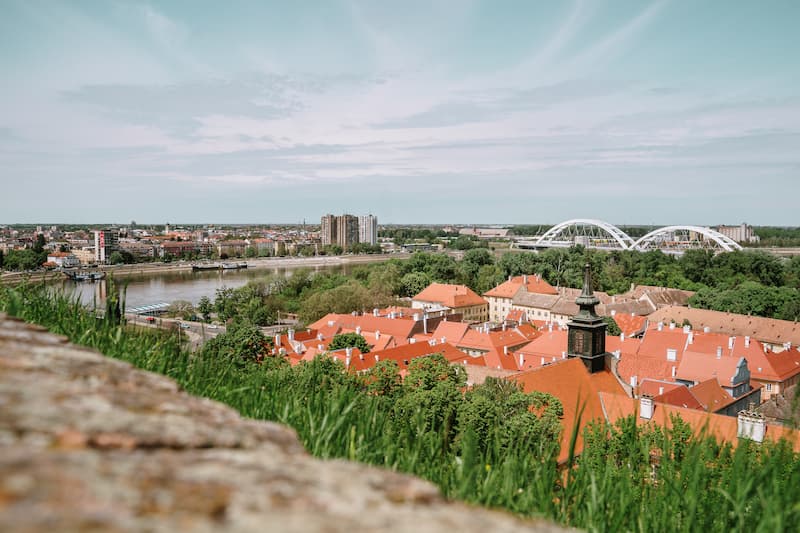
Coat of Arms
The three towers in the coat of arms refer to the provincialization of the border trench. The undulating Danube cutting through the green field and the fluttering Noah’s dove refer to the devastation or flood caused by the Turkish wars, which wiped out the inhabitants of this region, between the Danube and the Tisza. The Noah’s dove with an olive branch in its beak above the three towers of Novi Sad is a symbol of the Turkish flood and the peace that followed, as well as hope for a better future. The closed gates, and the open windows, which are open for shooting, highlight the importance of this town as the defender of the Petrovaradin Fortress.
The Importance of Liberation
Obtaining the status of a free royal city and the name Novi Sad represents a significant political and historical phenomenon. Lewis Mumford states that the size of a city is not measured by the area or extent of buildings, but by the multitude and number of inhabitants and their power. The power has become synonymous with large numbers. This act shows the political maturity of the Serbian people to, by abandoning the traditional military restraints, create a potent merchant-craftsman class and by means of agreements with fellow citizens, primarily of German origin, achieve an enviable level of personal, economic and national rights and freedoms. It was on this foundation that Novi Sad rose as a beacon of culture and education in the following centuries.
Do not miss the unique film about Novi Sad – Liberta, and with prior knowledge, head towards the Petrovaradin Fortress for the premiere on 17 July.
Author: msr Ljiljana Dragosavljević Savin, istoričarka
Photo: Marko Pudić, Jelena Ivanović



